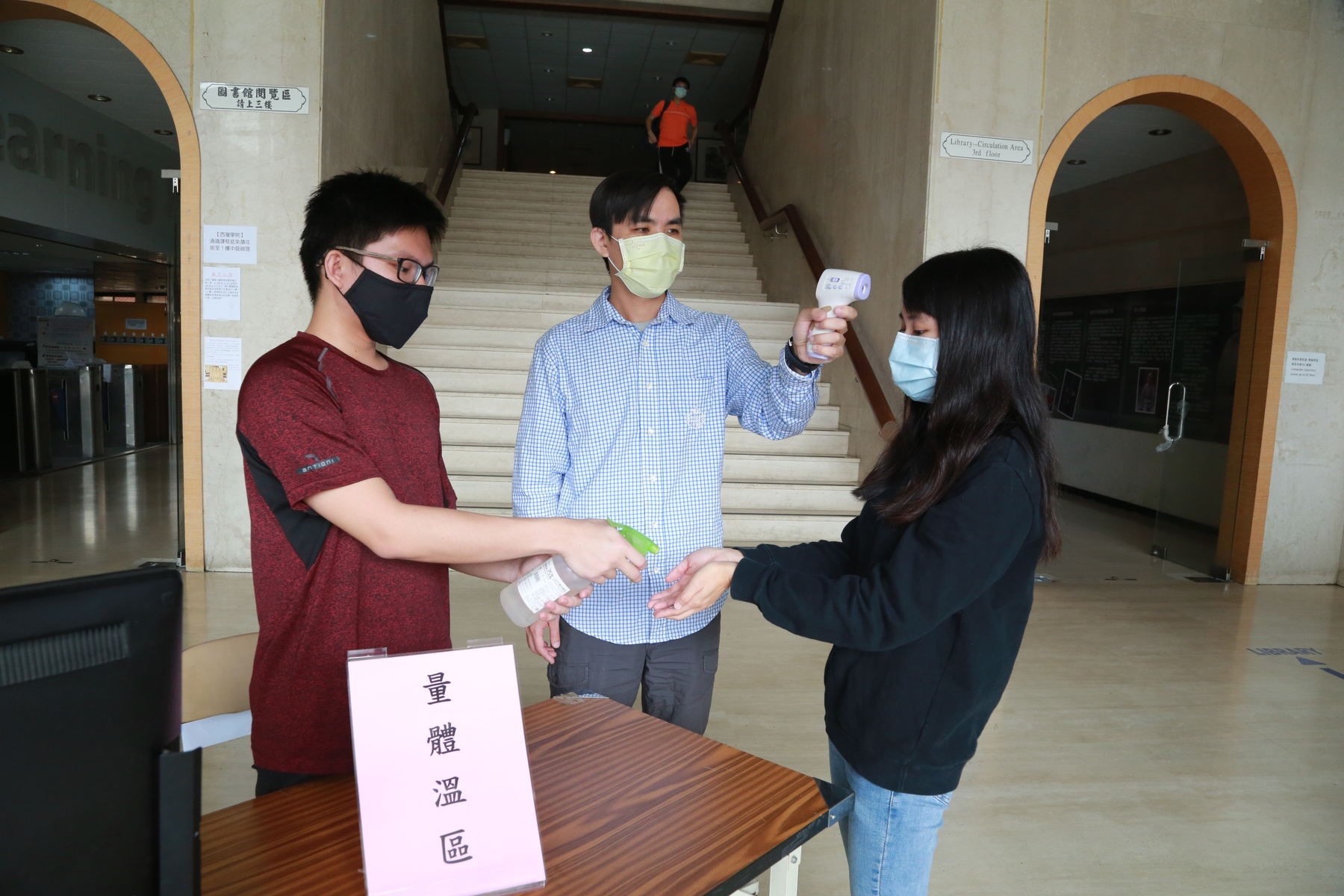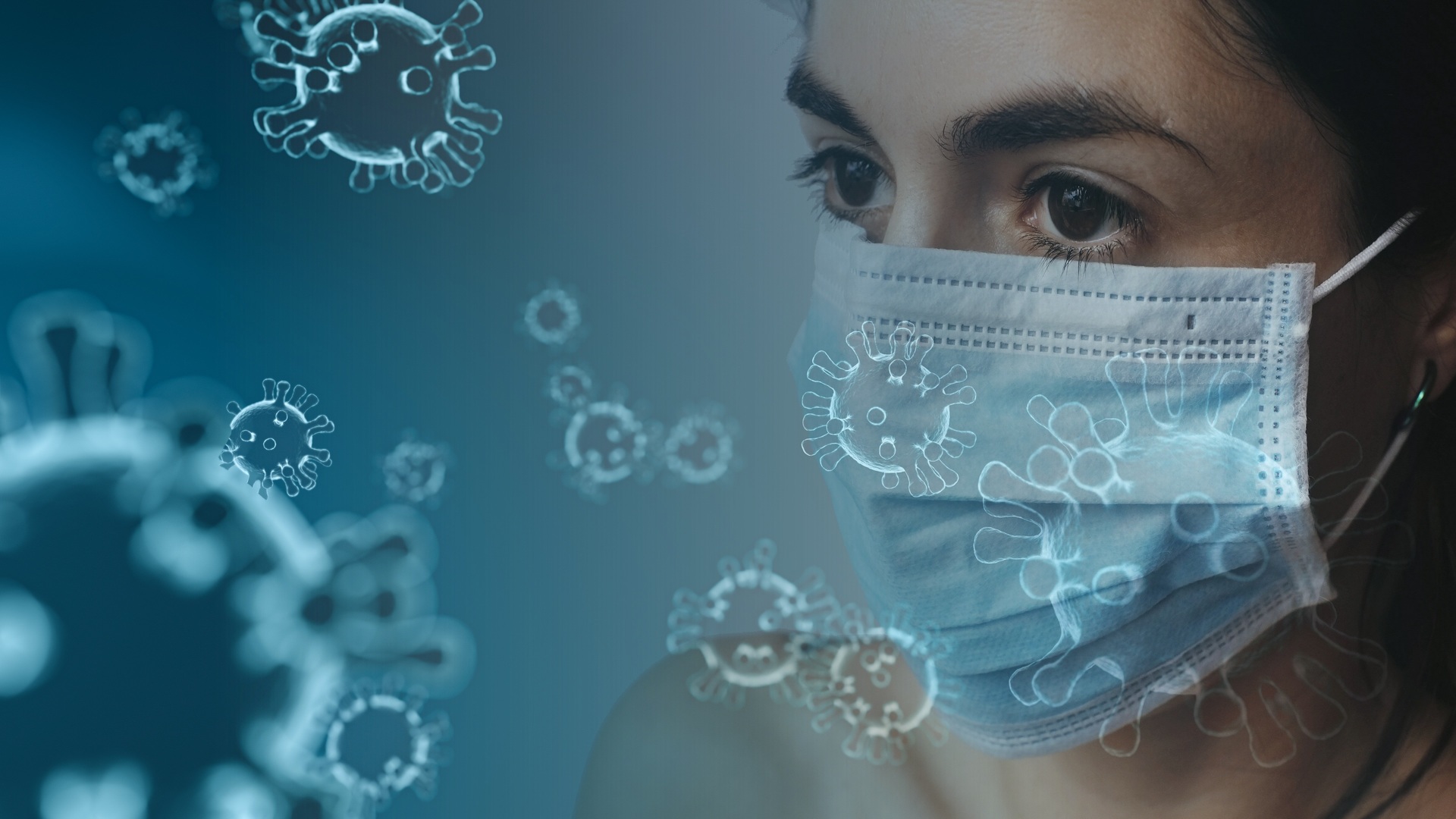WHO claims COVID-19 can survive in the air. Director of NSYSU Aerosol Science Research Center comments on the possible transmission routes



The COVID-19 pandemic advances. The number of confirmed cases has already surpassed 2,995,709 globally and 429 in Taiwan. The death toll has reached more than 207,020 as of April 27th, 2020. According to recent research published in The New England Journal of Medicine, COVID-19 can be suspended and survive in the air for at least 3 hours; World Health Organization (WHO) warned that the medical staff might be the first in line to be affected. Director of Aerosol Science Research Center Chia C. Wang pointed out that the main routes of infection are through human-to-human contact and droplet transmission. Aerosols may be an important transmission route in a closed or semi-closed space with a high concentration of virus-laden aerosols suspended in the air.
Dr. Maria Van Kerkhove, head of WHO’s Emerging Diseases and Zoonosis Unit, said that new research found out that in particular cases COVID-19 can survive in the air for a longer time depending on factors such as temperature and humidity. Dr. Van Kerkhove said that if the medical equipment generates aerosols, small droplets with COVID-19 may form and be suspended in the air for a prolonged time. Thus, she recommends the medical staff wear N95 masks. She said “it’s very important that health-care workers take additional precautions when they’re working on patients”. Director Chia C. Wang said that usually there are three main routes of transmission of viruses: direct transmission, droplet transmission, and aerosol (airborne) transmission. Virus-laden aerosols exhaled by infected individuals via expiratory activities vary in size. If the droplets are relatively large (> 5 μm), they settle rather quickly and affect an area within a radius of one to two meters, whereas smaller virus-laden aerosols can suspend in the air for a longer time and affect a larger area.
Director Wang mentioned that the novel coronavirus pneumonia COVID-19 is caused by the highly-contagious SARS-CoV-2, a new type of coronavirus. For the time being, scientists are unsure about the actual size of the virus. However, according to the previous studies on SARS, the SARS-CoV coronavirus has a size range of 60 to 220 nanometers. In 2004, two years after the outbreak of SARS, comprehensive data on the virus were published in a top international journal in the medical field - The New England Journal of Medicine, clearly pointing out that SARS can be transmitted by aerosols. Currently, the number of confirmed cases of COVID-19 is abruptly rising. Though so far one study has demonstrated that SARS-CoV-2 can be transmitted via the aerosol route, this study was carried out by nebulizing the virus into the aerosol form, which may not reflect the actual clinical conditions when virus-laden aerosols are exhaled from infected patients. More data will be needed to clarify whether the SARS-CoV-2 virus can be transmitted by the airborne route. However, we cannot fully exclude such a probability for now. In the past, there were precedents of airborne transmission of SARS and other viruses; we can take reference of this when acting for the prevention of the spread of the novel coronavirus.
People don’t need to panic, said Director Wang. She said that the main transmission routes of the virus remain to be by human-to-human contact and droplets; the airborne transmission may more likely be a risk in closedor semi-closed spaces with a high concentration of virus suspended in the air. High standards on disease control have been implemented by the Taiwanese government to prevent the spread of the epidemic, thus, the probability of transmission via the airborne route is relatively low. However, because there were cases of airborne transmission of SARS and other viruses, citizens and entities are advised to stay alert and not underestimate the threat. WHO advised medical professionals to wear N95 masks and is currently considering whether to implement precautions against possible airborne transmission among medical staff.
